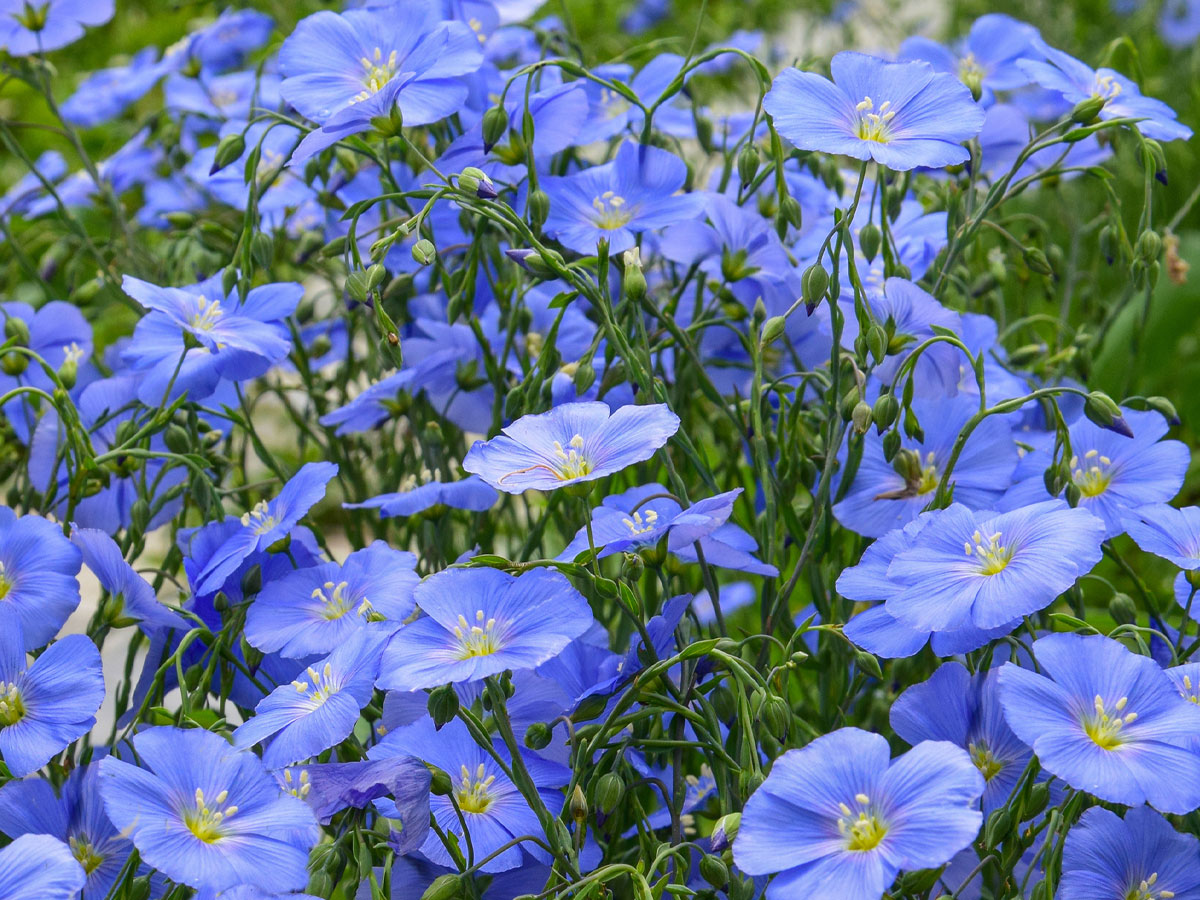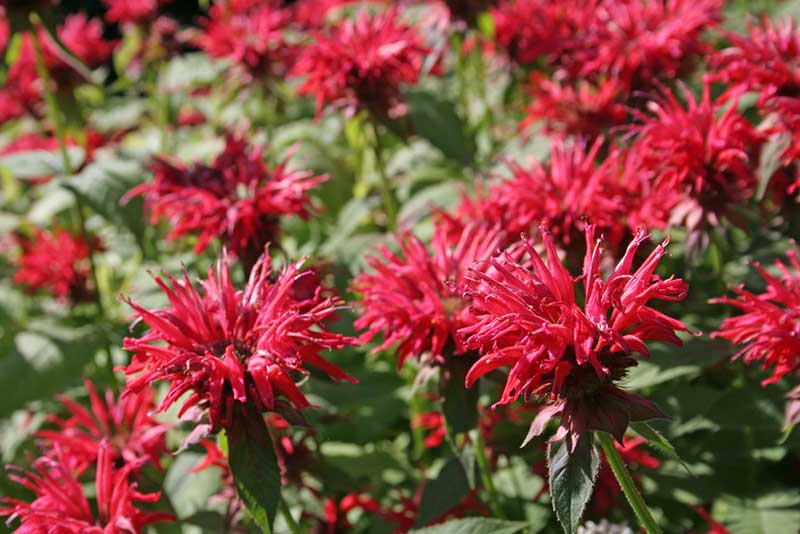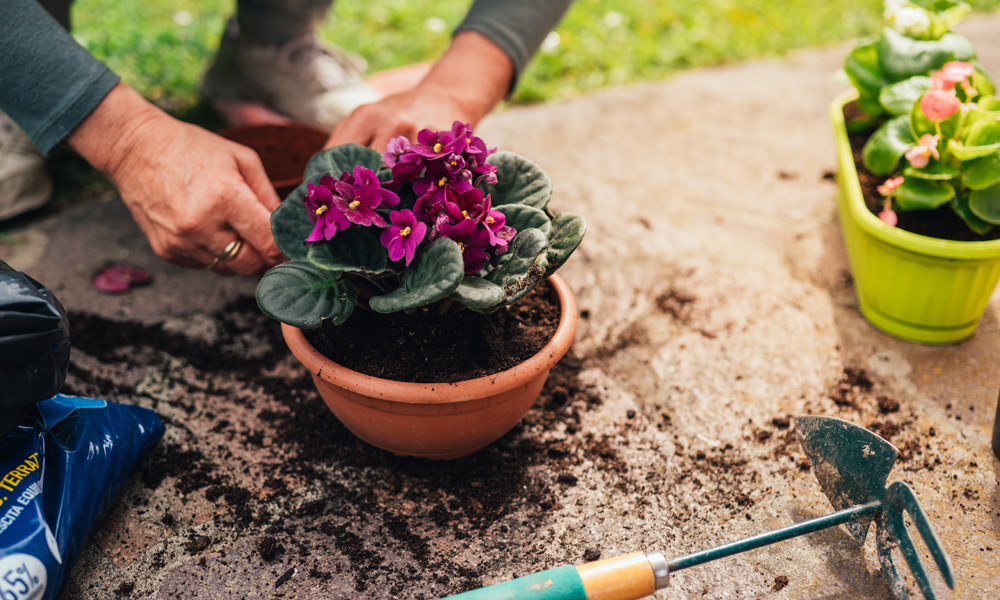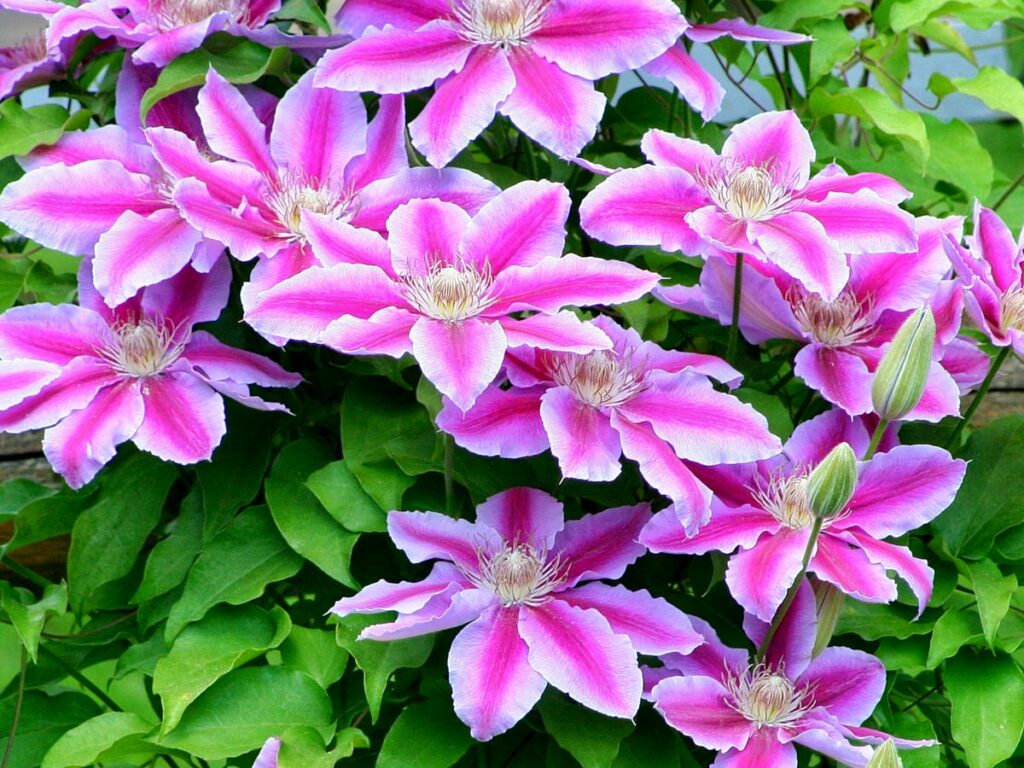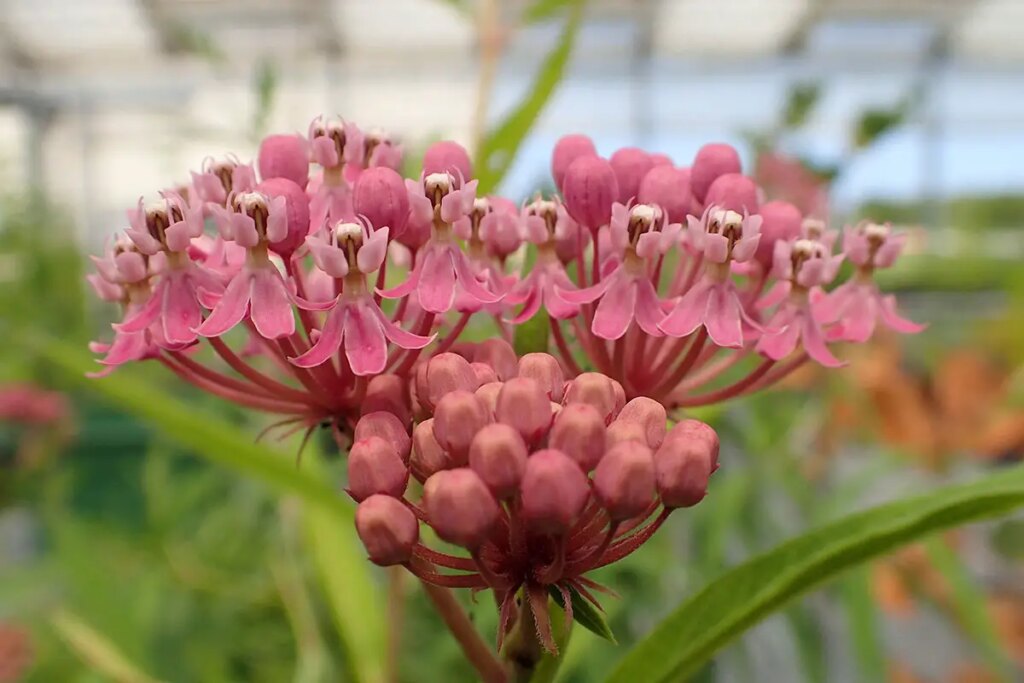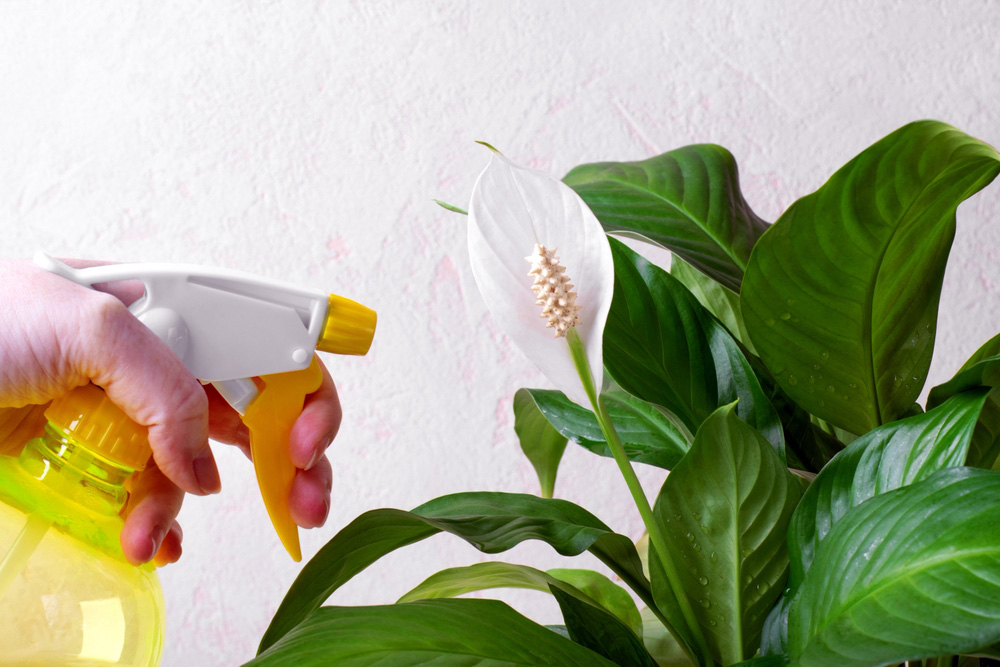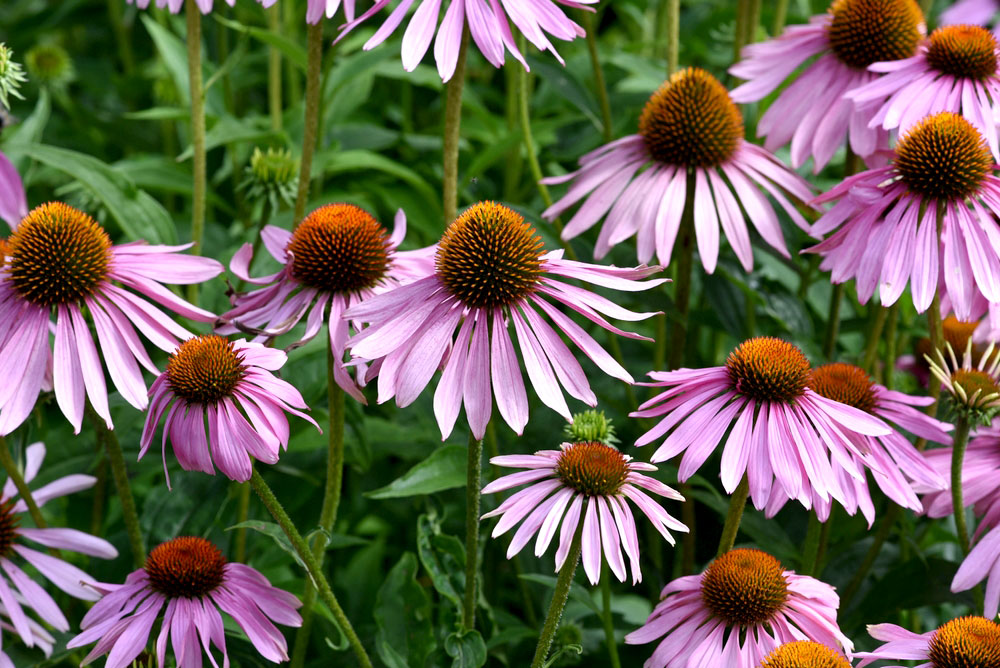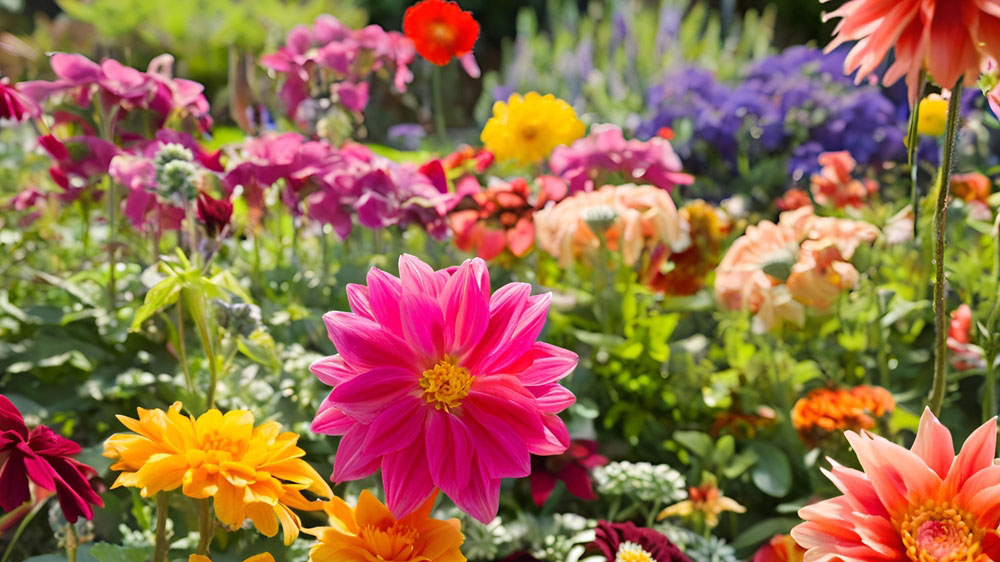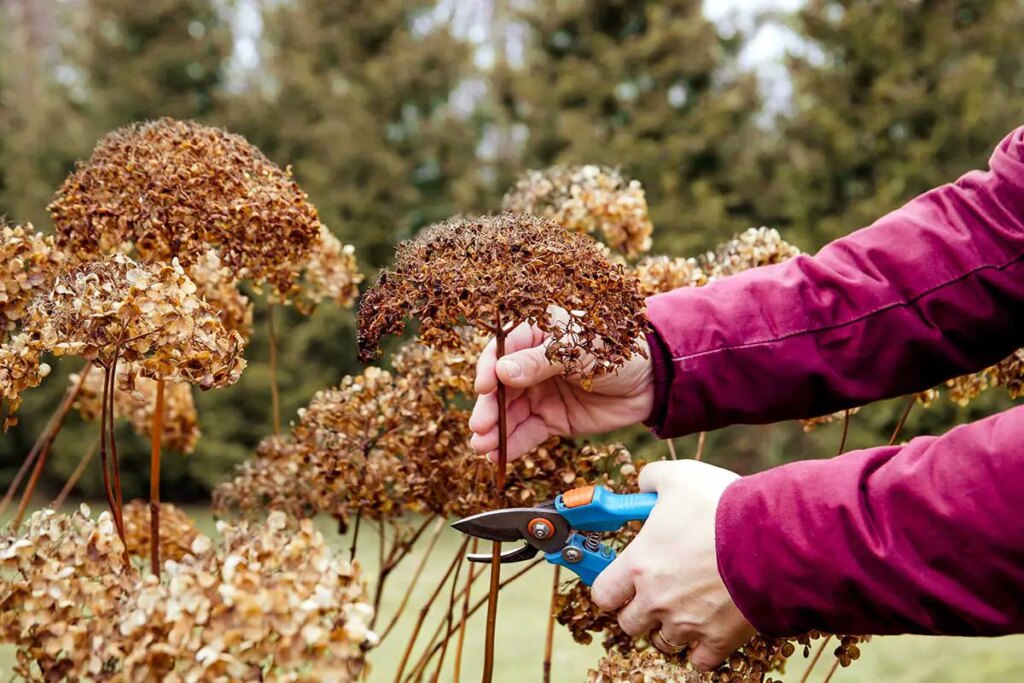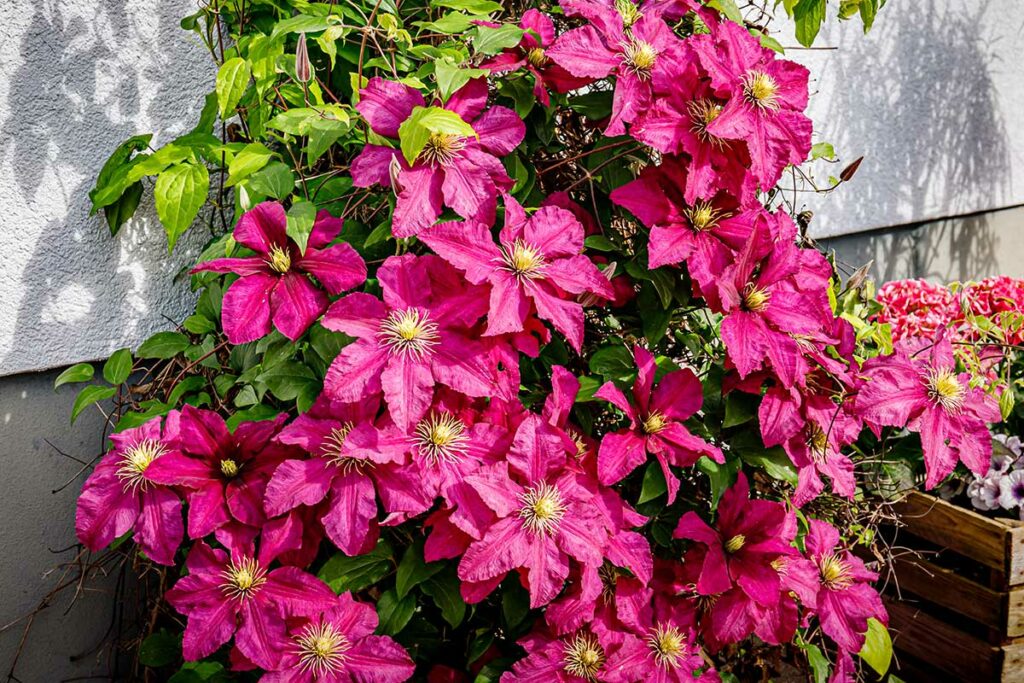
Ferns are a popular choice among gardeners and indoor plant enthusiasts, known for their unique, feathery leaves and ability to thrive in various environments.
To maintain the lush appearance and robust growth of these plants, proper fertilization is essential.
In this article, we’ll share some tips and best practices for fertilizing your ferns, helping them reach their full potential.
One must keep in mind the key reasons for fertilizing ferns: promoting vigorous growth, enhancing leaf color, and ensuring overall plant health. Different types of ferns may have distinct needs, so it’s essential to tailor your fertilization routine accordingly.
For instance, some ferns prefer an organic approach, while others might benefit more from a specific inorganic fertilizer.
To find the right balance for your fern, consider the type of fern you have, the medium it’s planted in, and its location. A tailored approach to fertilization will benefit these plants immensely and enable them to flourish in your care.
We’ll discuss various factors to consider when fertilizing your ferns, as well as recommendations for a successful fertilization schedule.
Types of Ferns
Ferns are an incredibly diverse group of plants, with over 10,000 species found all across the globe. They come in various sizes, shapes, and colors, and can thrive in a range of environments. In this section, we will discuss some common types of ferns that you may encounter or choose to grow in your garden.
Boston fern (Nephrolepis exaltata) is a popular houseplant, often grown in hanging baskets. This fern has graceful, arching fronds that can reach up to 3 feet in length. It prefers a humid environment and moderate light. Keep its soil consistently moist but not soggy.
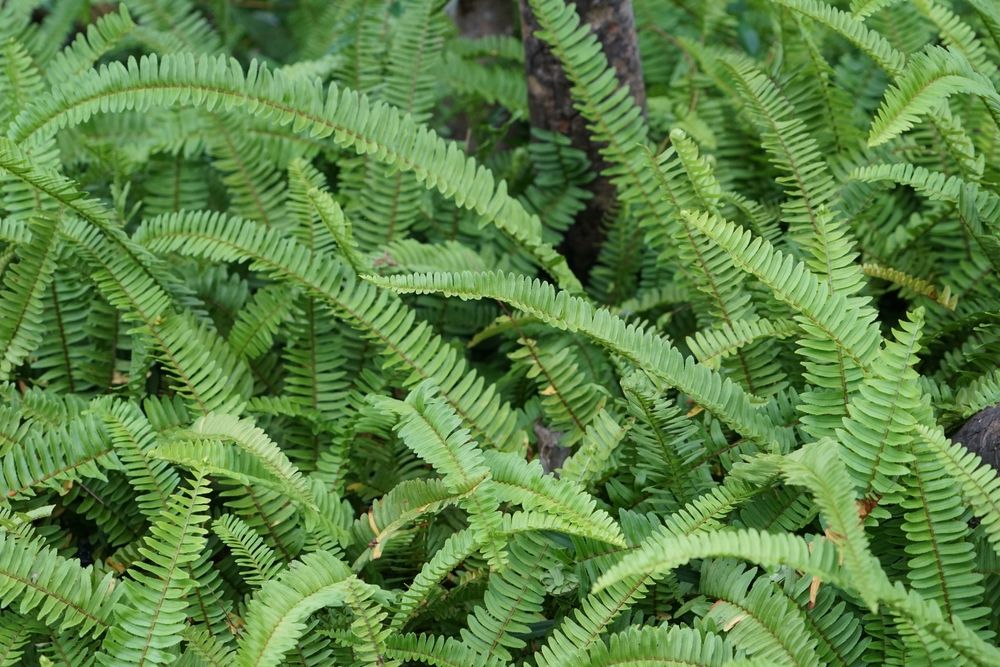
Maidenhair fern (Adiantum spp.) is known for its delicate, lace-like foliage. The fronds are typically fan-shaped, with small leaflets on slender, black stems. Maidenhair ferns thrive in areas with high humidity, such as bathrooms or near water features in the garden.
Staghorn fern (Platycerium spp.) is a unique species of fern that grows as an epiphyte, attaching itself to tree trunks or other supports. Its distinctively-shaped fronds resemble the antlers of a stag. Staghorn ferns require less moisture than other ferns, making them suitable for mounting on walls or other vertical surfaces.
Japanese painted fern (Athyrium niponicum) is a beautiful fern with colorful foliage. The fronds are typically silver, green, and purple, making it an excellent addition to shaded garden areas for visual interest. It grows best in areas with high humidity and well-draining soil.
Lady fern (Athyrium filix-femina) is a graceful fern that grows well in moist, shady locations. Its delicate green fronds have a fine, lace-like appearance, reaching up to 3 feet tall. This native woodland fern is often used as a groundcover or in mixed shade gardens.
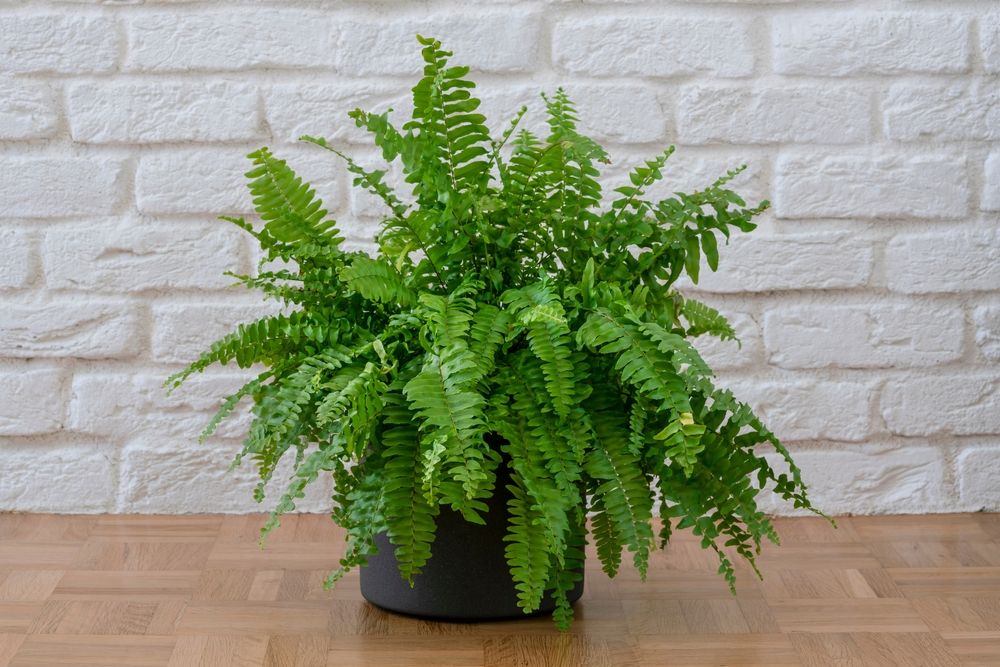
These are just a few of the diverse types of ferns you can incorporate into your garden or home. Each species has its particular growing requirements, so be sure to research and provide them with the appropriate care for successful cultivation.
Fertilizer Basics
Ferns are beautiful plants that can be grown both indoors and outdoors. To keep them healthy, it’s essential to provide the right nutrients through fertilization. Let’s explore some basic knowledge about fertilizers.
Organic vs Inorganic
Fern fertilizers can be broadly categorized into two types: organic and inorganic. Organic fertilizers are derived from once-living materials like compost, manure, and seaweed extracts. These nourish the soil by breaking down gradually, delivering a steady supply of nutrients. They also improve soil structure and promote beneficial microbial growth.
On the other hand, inorganic fertilizers are synthetically produced, allowing for precise formulation and fast-acting results. These fertilizers are often water-soluble, making it easier for plants to take up nutrients. However, they can contribute to salt build-up over time.
Both types have their pros and cons, so it’s up to you which one you prefer for your ferns.
Nutrient Ratio
Fertilizer packaging will usually display three numbers, representing the nutrient ratio of nitrogen (N), phosphorous (P), and potassium (K). For ferns, it’s essential to choose the right ratio based on their needs. A balanced ratio (e.g., 10-10-10) is often recommended for growing ferns as it provides a proper balance of nutrients.
However, you may sometimes find specialized fern fertilizers with a higher nitrogen content than phosphorus and potassium. This is because ferns primarily need nitrogen for their lush foliage growth.
Remember to always follow the specific instructions and recommended application rates found on the fertilizer label to avoid over-fertilization and potential harm to your ferns.
When applying fertilizers, a few more points to consider are:
- Water your ferns before fertilizing to ensure even distribution of nutrients.
- Apply fertilizer during their active growing season, typically spring and summer.
- Slow-release fertilizers can be a convenient option as they provide nutrients over an extended period, reducing the need for frequent applications.
By understanding these fertilizer basics and selecting the appropriate fertilizer type and nutrient ratio, you’ll have healthier, thriving ferns. Keep it friendly!
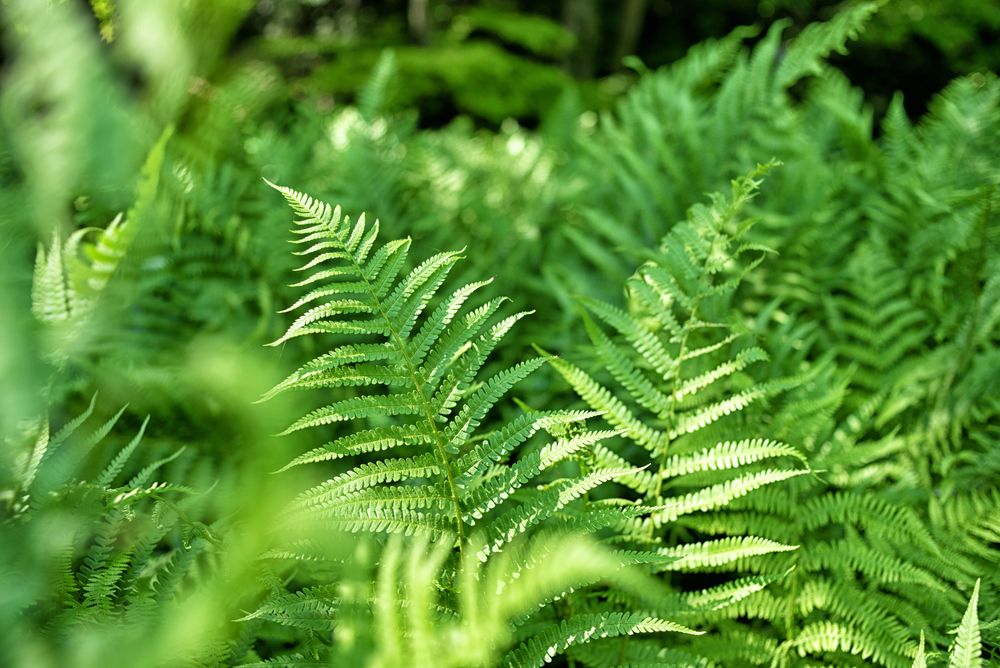
When to Fertilize
Ferns are beautiful and versatile plants that thrive in various conditions. To help them grow lush and strong, it’s essential to know the proper time and frequency to fertilize them. In general, the best time to fertilize ferns is during their active growing season, which is typically from spring to early fall.
Begin fertilizing in the early spring when you notice new growth. This period is when your ferns are emerging from their winter dormancy, and they’ll be eager for nutrients to support the development of fresh fronds. Continue to fertilize throughout the summer, paying particular attention to the growth patterns and overall health of your ferns.
As a rule of thumb, it’s a good idea to fertilize your ferns every four to six weeks during this period. However, some factors may warrant adjustments to this schedule. For instance, if your ferns are in containers, they may require more frequent feedings, as nutrients can be quickly depleted in potting mixes.
Towards the end of summer, it’s essential to start easing up on the fertilization. As fall approaches, your ferns will be preparing for a period of slower growth during the cooler months, and excessive fertilization can create unnecessary stress on the plants. By early fall, you should cease fertilizing and allow your ferns to slow their growth as they prepare for winter dormancy.
In summary, remember to fertilize your ferns during their active growing season, starting in early spring and ceasing in late summer. Further adjustments may be made based on factors such as container gardening and individual plant health, but the friendly guideline of fertilizing every four to six weeks should set you on the right path to lush, healthy ferns.
Fertilizing Techniques
Ferns are popular and elegant plants that bring color and beauty to your indoor or outdoor garden. They are generally easy to care for, but appropriate fertilization can help them grow more vibrant and healthy. In this section, we will explore the various fertilizing techniques, including liquid, granular, and slow-release fertilizers.
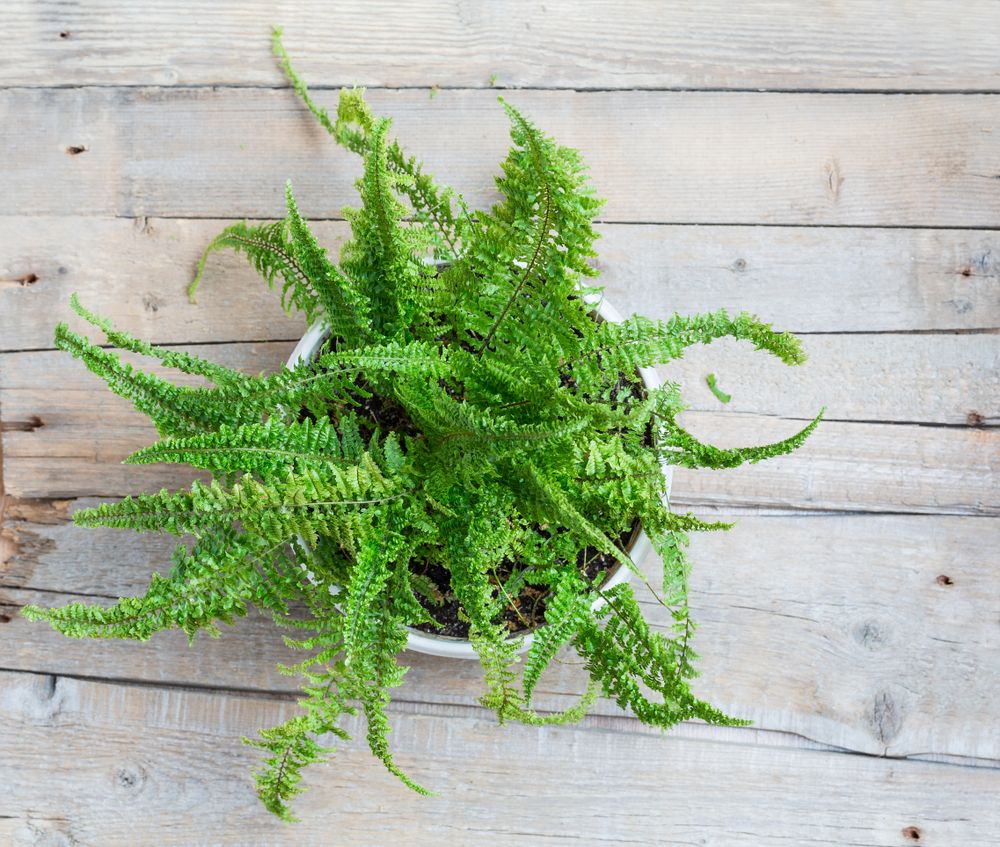
Liquid Fertilizers
Liquid fertilizers are a convenient option for fern owners. They can be applied directly to the soil or diluted in water for a gentler approach. When using a liquid fertilizer:
- Make sure to read the label carefully and follow the recommended dosage.
- Apply the fertilizer evenly to the soil or to the water you use for watering your ferns.
- It is best to fertilize every 4-6 weeks during the growing season to promote healthy growth.
Remember, overfertilization can cause damage to your ferns, so always use the appropriate amount.
Granular Fertilizers
Granular fertilizers are another option for fertilizing your ferns. These small pellets can be sprinkled directly onto the soil around the plant. Here are some tips for using granular fertilizers:
- Choose a fertilizer specifically designed for ferns or follow the recommended NPK ratio (Nitrogen, Phosphorus, and Potassium) for ferns.
- Apply the fertilizer evenly, avoiding direct contact with the fern’s foliage.
- Water the soil after applying the fertilizer to help it penetrate the soil and reach the roots.
Applying granular fertilizers every 6-8 weeks during the growing season is generally sufficient for healthy fern growth.
Slow Release
Slow-release fertilizers provide nutrients to your ferns over an extended period, usually several months. They are an excellent option for busy or forgetful gardeners. When using slow-release fertilizers:
- Make sure to choose a product specifically labeled as slow-release and suitable for ferns.
- Follow the package instructions for application rates and frequency.
- Apply the fertilizer at the beginning of the growing season for the best results.
The slow-release formula allows the nutrients to be slowly absorbed by the fern’s roots, providing a steady supply of nutrients and reducing the risk of overfertilization.
Overall, the most crucial aspect of fertilizing ferns is to choose the right fertilizer type and apply it according to your fern’s needs. Always follow the manufacturer’s guidelines and use a friendly and gentle approach so your ferns can thrive and flourish.
Common Mistakes to Avoid
Fertilizing ferns can be a bit tricky, and it’s essential to avoid some common mistakes to ensure your ferns thrive.
Over-fertilizing: One of the biggest mistakes is to use too much fertilizer. Ferns don’t need as much fertilizer as other houseplants, so it’s important to avoid overdoing it. Excess fertilization can lead to roots’ damage and foliage burn, hampering your fern’s growth. Follow the recommended dosage on the fertilizer label or use a half-strength solution to be on the safe side.
Wrong type of fertilizer: Another common mistake is using the incorrect type of fertilizer. Many ferns will benefit from a balanced, water-soluble fertilizer, like a 20-20-20 or 15-15-15 mix. Slow-release granular fertilizers can be used as well, but be sure to choose a formulation specifically designed for ferns.
Fertilizing dry soil: It’s never a good idea to apply fertilizer to dry soil. Instead, water your fern before applying the fertilizer. This helps the roots absorb nutrients evenly and prevents the roots from getting burned by the concentrated fertilizer.
Fertilizing in winter: Ferns typically experience a period of dormancy during the winter months, so it’s essential to reduce or stop fertilizing altogether during this time. Continuing to fertilize your ferns during their dormant period can result in weak, spindly growth.
By avoiding these common mistakes, you can help your ferns stay healthy and vibrant. Just remember to be gentle when fertilizing them, and adjust your care based on their needs. Your ferns will reward you with lush, beautiful fronds all year long.
Fern-Specific Tips
Ferns are unique plants, and they require specific care to thrive. Here are some friendly tips to help you achieve success when fertilizing your ferns.
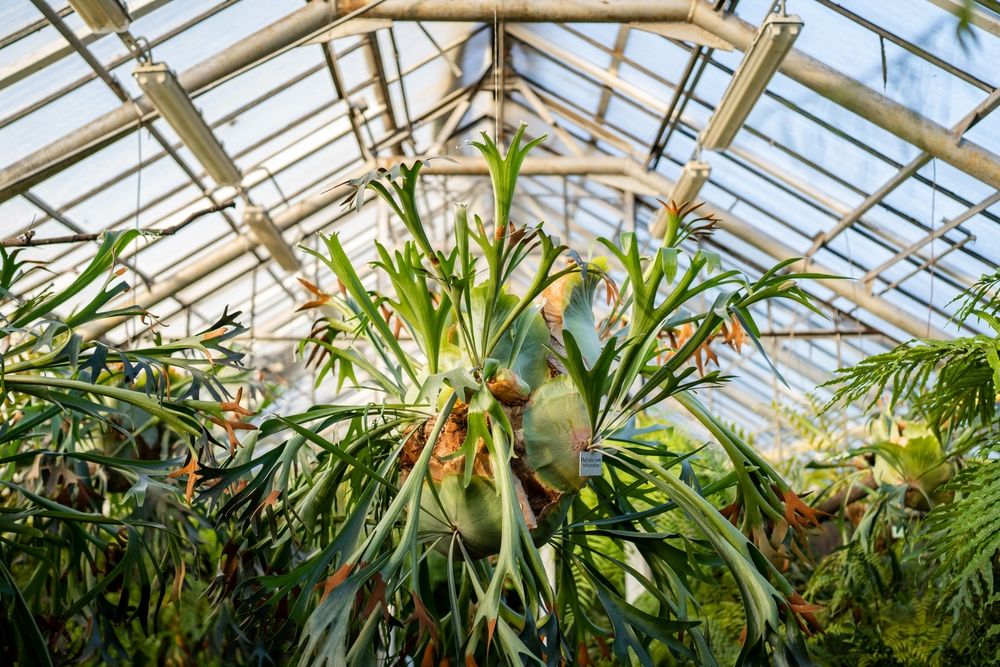
First, it’s essential to know your fern. There are many different species of ferns, and each one has its specific needs. Doing some research about your particular fern’s requirements can greatly impact its overall growth and health.
When choosing a fertilizer, opt for one that is specifically designed for ferns or a balanced organic fertilizer. Synthetic fertilizers can be too harsh for these sensitive plants, so a gentle and natural choice is often best.
Application frequency is another crucial consideration. Unlike other plants, ferns typically do not require frequent fertilizing. Over-fertilizing can harm your ferns, so take care to apply only as needed – usually every 4-6 weeks during the growing season.
The method of application should also be considered. Instead of applying granular fertilizer directly to the soil, dissolve the recommended amount in water and gently pour it over the fern’s roots. This method helps prevent root burn and ensure that the nutrients are evenly distributed throughout the soil.
Finally, keep in mind that ferns often grow in low-light environments and may not need the same level of nutrients as sun-loving plants. Adjust your fertilization plan accordingly if your ferns are situated in a low-light area. It is preferable to err on the side of under-fertilizing than to overdo it and cause harm to your plants.
By following these fern-specific tips, you’ll be well on your way to providing the best possible care for your ferns and helping them grow lush and beautiful.
Conclusion
Fertilizing ferns is an essential part of maintaining their health and ensuring a lush, vibrant appearance. By following these tips, you can provide your ferns with the necessary nutrients to thrive. Remember to use a balanced, water-soluble fertilizer and apply it during the growing season, typically in spring and summer. Take care not to over-fertilize your ferns, as this can cause damage to the plants.
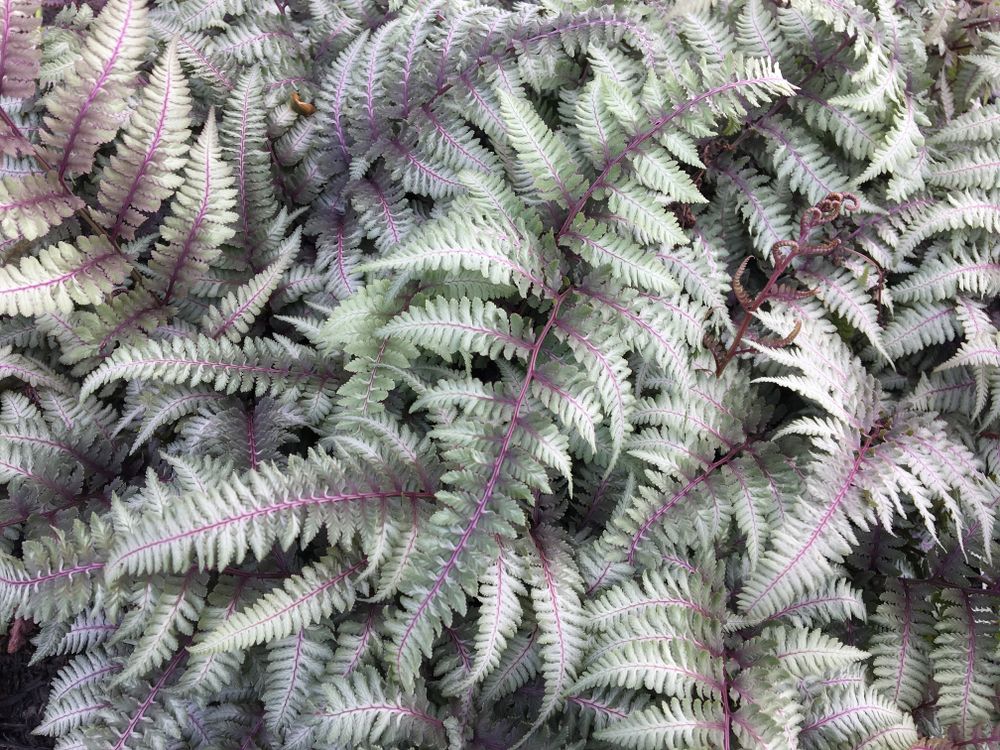
Don’t forget to consider the specific needs of your fern variety, as some may require a higher or lower concentration of nutrients. It’s always best to research the particular fern species you are caring for and adjust your fertilizing routine accordingly.
Lastly, maintaining proper water and light conditions, as well as monitoring the overall health of your ferns, will help ensure they remain strong and resilient. A happy fern is a well-fertilized fern, and with these tips in mind, you’ll be well on your way to cultivating beautiful, flourishing ferns in your space.

